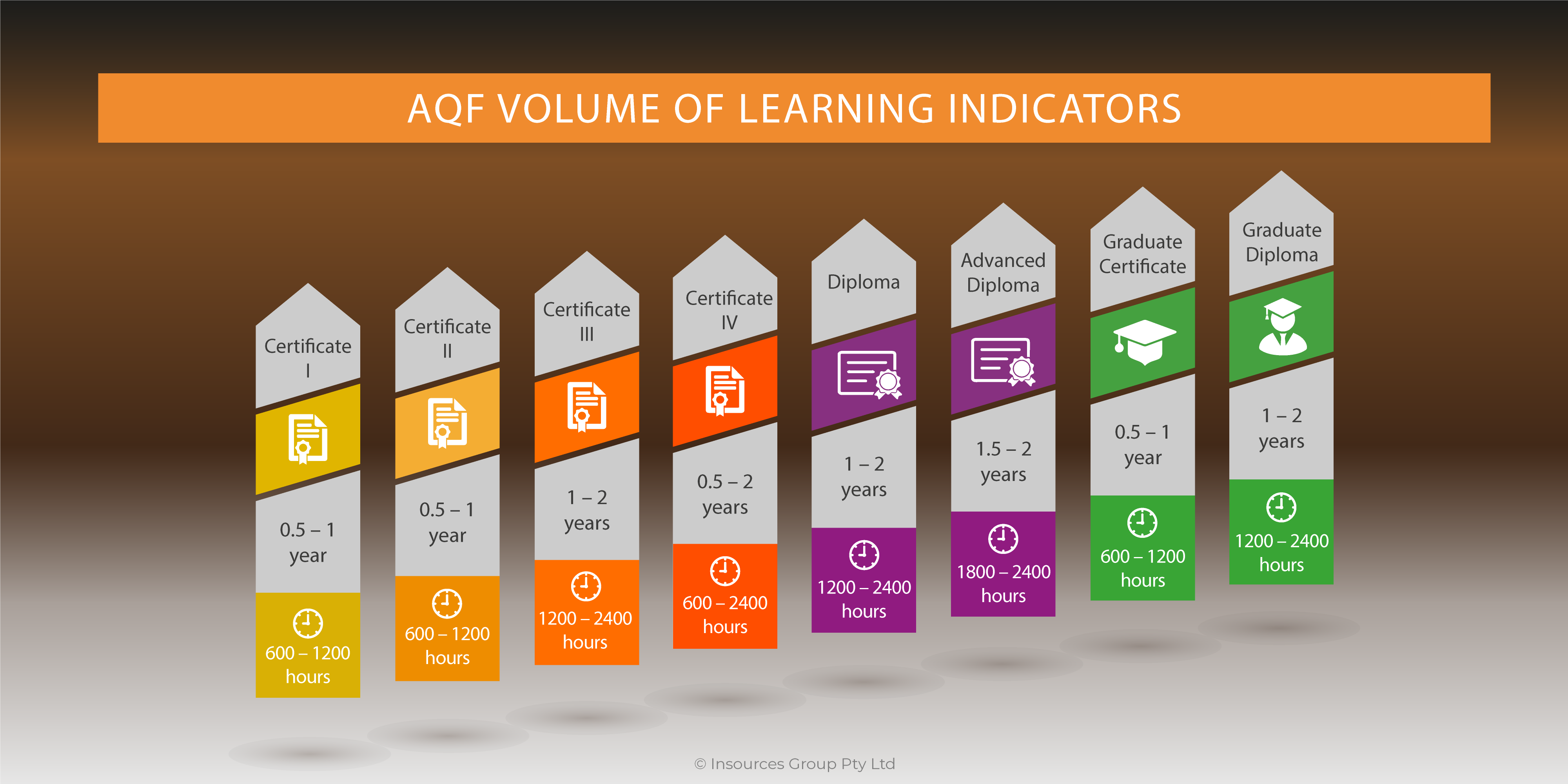Every hour, approximately 1.25 million PowerPoint presentations are being delivered in conference rooms, lecture halls, training centers and hotel meeting rooms around the world (Levasseru & Sawyer 2006). Presentation experts estimate a waste of $250 million per day from bad PowerPoints. In the minute it takes you to read these paragraphs, there are 21,000 PowerPoint slides flooding screens around the world. How many of these presentations offer a return-on-investment?

In this article I will focus on the features of what Ruth Colvin Clarck has defined as: “Principled Presentations”; as an alternative to death by PowerPoint.
The ubiquitous presentation
Conferences, meetings, webinars, classrooms, and elearning lessons. Presentations are everywhere. Presentations are the most common method of training adults. Some training events relay just about 100% on presentations alone. Other training events include presentations as one of their instructional methods. For example, a lecture with slides might be followed by a case study and discussion.
Presentations are one of the most used and abused instructional methods, often misplaced to achieve goals better attained with other training approaches. Nevertheless, presentations will continue to predominate learning events, either on their own or as part of a larger instructional program. They are fast. They are easy. They can be cheap to produce and efficient to distribute via the Internet. They allow the sponsoring organisation to document that the content was covered.
As long as we are going to live with presentations, let’s look at how to leverage them most effectively in the service of learning.
What is a Principled Presentation
A principled presentation is an audio explanation by a speaker that incorporates proven modes and methods to help learners build work-relevant knowledge. The presentation can occur in a face-to-face setting such as at a conference or in a classroom, or the presentation might be delivered in a virtual classroom or via multimedia asynchronous lesson.
The Six Features of a Principled Presentation
Feature | Description |
Realistic Goal | The presentation is designed to communicate or teach information such as facts or concepts and is NOT intended to build skills |
Engaging | The presentation includes instructional methods that promote psychological processing |
Visual | The presentation incorporates visuals that promote learning. |
Leverage Social Presence | The presentation uses techniques appropriate to the delivery environment to engage attendees with presenter and/or with one another |
Includes Examples | The presentation incorporates examples that are relevant to the working environment of the attendees. |
Concise and Focused | The presentation is brief and does not maunder. |
The Presentation Goals are Realistic
Presentations are best suited to communicate information or to build an understanding of relevant concepts or processes. Some sample topics that benefit from presentations include:
The benefits and features of the new product lineCompliance with organisational policiesOrganisational structure and function for new hiresDriving regulations
Don’t rely on a presentation to teach behavioral skills, promote critical thinking, or teach values.
The Presentation is Engaging
We can distinguish between two forms of engagement: psychological and behavioral. Psychological engagement may or may not be associated with behavioral activity. Can you think of situations in which you are behaviorally active but psychologically tuned out? Mopping the floor and working in the garden may be two good examples. Conversely, during activities like reading a book we are behaviorally passive but can be very engaged mentally. Our goal in presentations is psychological engagement that can occur with or without overt behavioral responses.
Active responses to relevant questions during the presentation do improve learning.
The Presentation is Visual
Visuals promote learning. A useful visual is one that shows the relationships among ideas in the presentation. For example, a visual agenda in the form of a hierarchical chart can establish the presentation framework during the introduction and can keep the audience oriented as the presentation moves one topic to the next.
The Presentation Leverages Social Presence
Social presence arises from communication between the audience and the speaker as well as among the audience members. The presenter should invite social presence by looking and sounding approachable rather than on a pedestal. An available instructor is one of the features of any learning event shown to correlate with higher course ratings and with better learning. Specifically, the presenter should use a conversational tone and language, smile and maintain eye contact in a physical setting, reveal his or her own opinions or experiences relevant to the content, invite questions and comments, and encourage interactions among the attendees such as brief buzz groups.
The Presentation Includes Examples
You could start your presentation with an example and ask the audience to rate or discuss it. You can describe (or present in multimedia format) a situation relevant to the topic and ask the attendees to analyse and discuss the example presented.
Show examples not only at the beginning but also throughout your presentation. Examples establish relevance, are concrete, and serve as bridges from the content to the brains of participants. Maximise the benefit of your examples by asking participants to respond them.
The Presentation is Concise and Focused
I recall hearing a workshop attendee in the elevator after my presentation on “Vocational Education and Training (VET) Environment”. He was unaware that I was one of the many in the lift. “Gosh,” he said, “I don’t really know what he said, but I know it’s really important stuff!”
When I reviewed my long-presentation I realised that my 120-slide lecture was way too ambitious for the timeframe and attendees. Like a typical subject matter expert, I had tried to squeeze in just about everything I knew about the VET Industry in Australia. In the process I violated my presentation theme by overloading my audience. Over time, I’ve gotten more disciplined in my presentations, by weeding out extra topics, tossing irrelevant examples and stories, and skipping or adapting activities that are too ambitious for the time allotted.
Creating the Principle Presentation
A successful principled presentation is the offspring of 60% planning and development prior to the event, 20% delivery proficiency, and 20% environmental and situation-specific factors such as the setting, the audience, technology glitches, and so on.
References:
Evidence-Based Training Methods. Ruth Colvin Clark, 2010Training in Australia, Diane Lawlor, 2011




